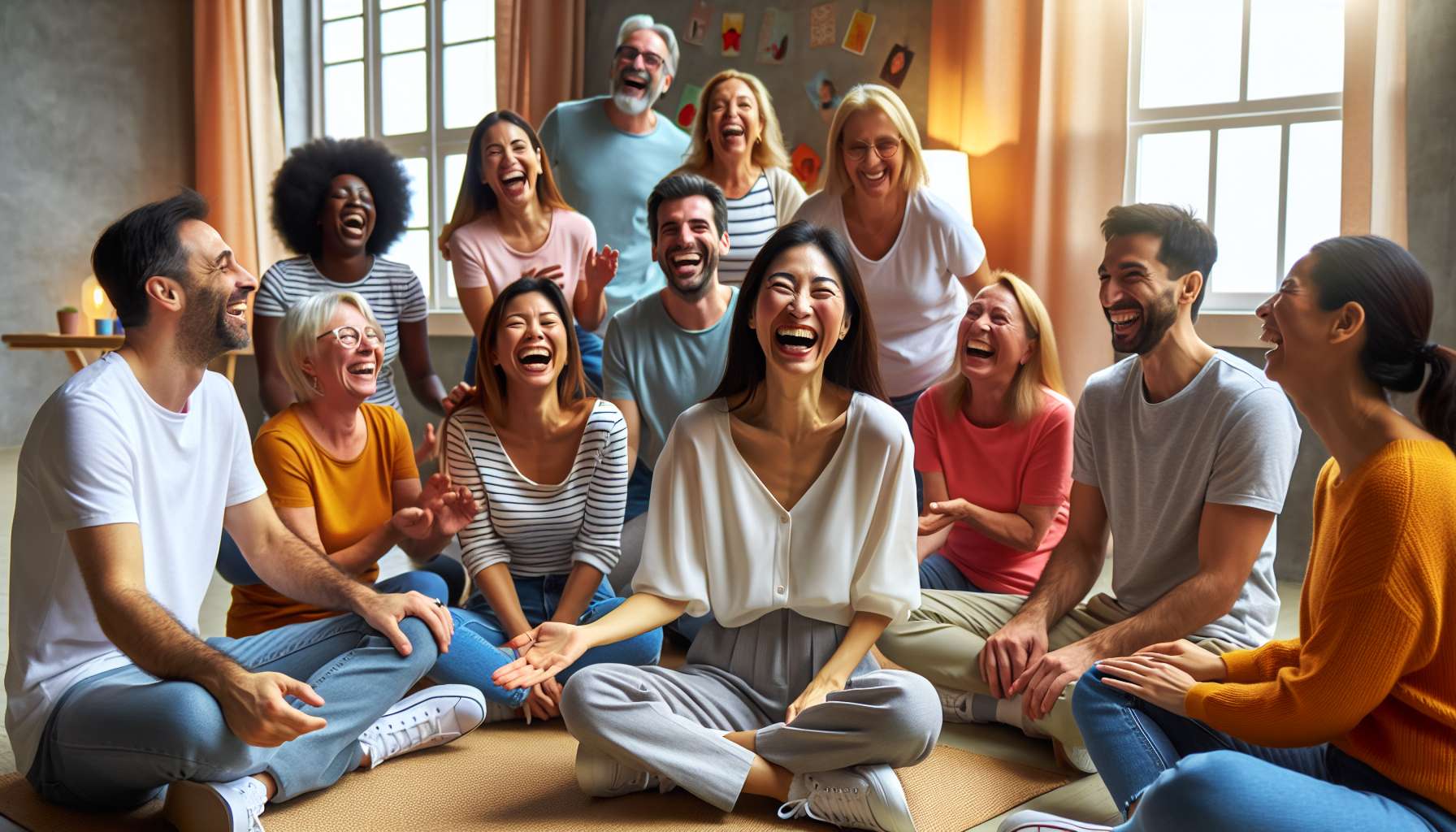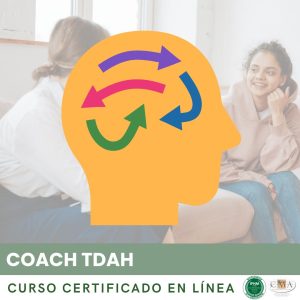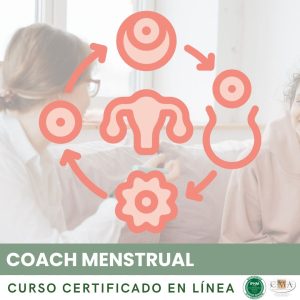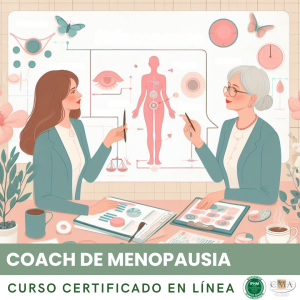
Here are the key steps of a laughter therapy session, from welcoming participants to the final debriefing:
The welcome and conditioning of participants is a crucial moment to establish a climate of trust and conviviality. The facilitator ensures that everyone feels welcome, taking the time for a personalized word. They present the framework and objectives of the session in a clear and motivating way. “Icebreaker” activities create connection and cohesion within the group.
Next comes the phase of warming up and physical and mental preparation. Through progressive exercises of breathing, relaxation, physical and vocal awakening, the facilitator brings the participants to relax, let go and connect with their body. This is an opportunity to release tension, activate circulation and oxygenation. Simple games also stimulate the production of endorphins. The group gets in the right mood to laugh.
The heart of the session is devoted to the conduct of laughter exercises and games per se. The facilitator proposes varied and adapted activities, ensuring a good progression in intensity. Dynamic moments are alternated with rest periods. Different techniques are used: simulated laughter, communicative laughter, laughter without reason, laughter yoga… The interaction and active participation of everyone is encouraged. The facilitator relies on the strength and synergy of the group.
The closure and return to calm constitute a phase of gentle transition. It is a matter of helping participants regulate their energy level and excitement for a return to a state of normality. Abdominal breathing exercises, muscle relaxation are offered. This is also the time to savor and integrate the benefits of the session, through a quiet moment of mindfulness.
Finally, the debriefing and anchoring of benefits allows for a sharing of experiences and feelings. Everyone can speak about their experience, discoveries, possible difficulties. The facilitator facilitates exchanges with benevolent listening and reformulations. They help the group to synthesize the learnings and define ways to extend them into daily life. Supports can be provided to participants (sheets, links, references…).
Throughout the session, the facilitator flexibly adapts to the needs and reactions of participants. They ensure the management of time and pace, as well as the physical and emotional safety of everyone. Their authenticity, sense of humor, and creativity are key assets for a successful and meaningful animation.
Key points to remember:
– The welcome and conditioning of participants establish a climate of trust and conviviality. The facilitator presents the framework and objectives in a clear and motivating way.
– The warm-up and physical and mental preparation phase allows participants to relax, let go and connect with their body through breathing, relaxation, and physical awakening exercises.
– The heart of the session is dedicated to varied and adapted laughter exercises and games. The facilitator ensures a good progression in intensity and relies on the interaction and active participation of the group.
– The closing and calming down helps participants regulate their energy level and integrate the benefits of the session through breathing exercises and a moment of mindfulness.
– The debriefing allows for sharing experiences and feelings. The facilitator facilitates the synthesis of learnings and the definition of paths to extend into daily life.
– Throughout the session, the facilitator adapts to the group’s needs and ensures the management of time and the safety of everyone. Their authenticity, sense of humor, and creativity are key assets.
👉 To download docx (Editable) file click here : Click here
👉 To download PDF file click here : Click here
👉 To download MP3 file click here : Click here





